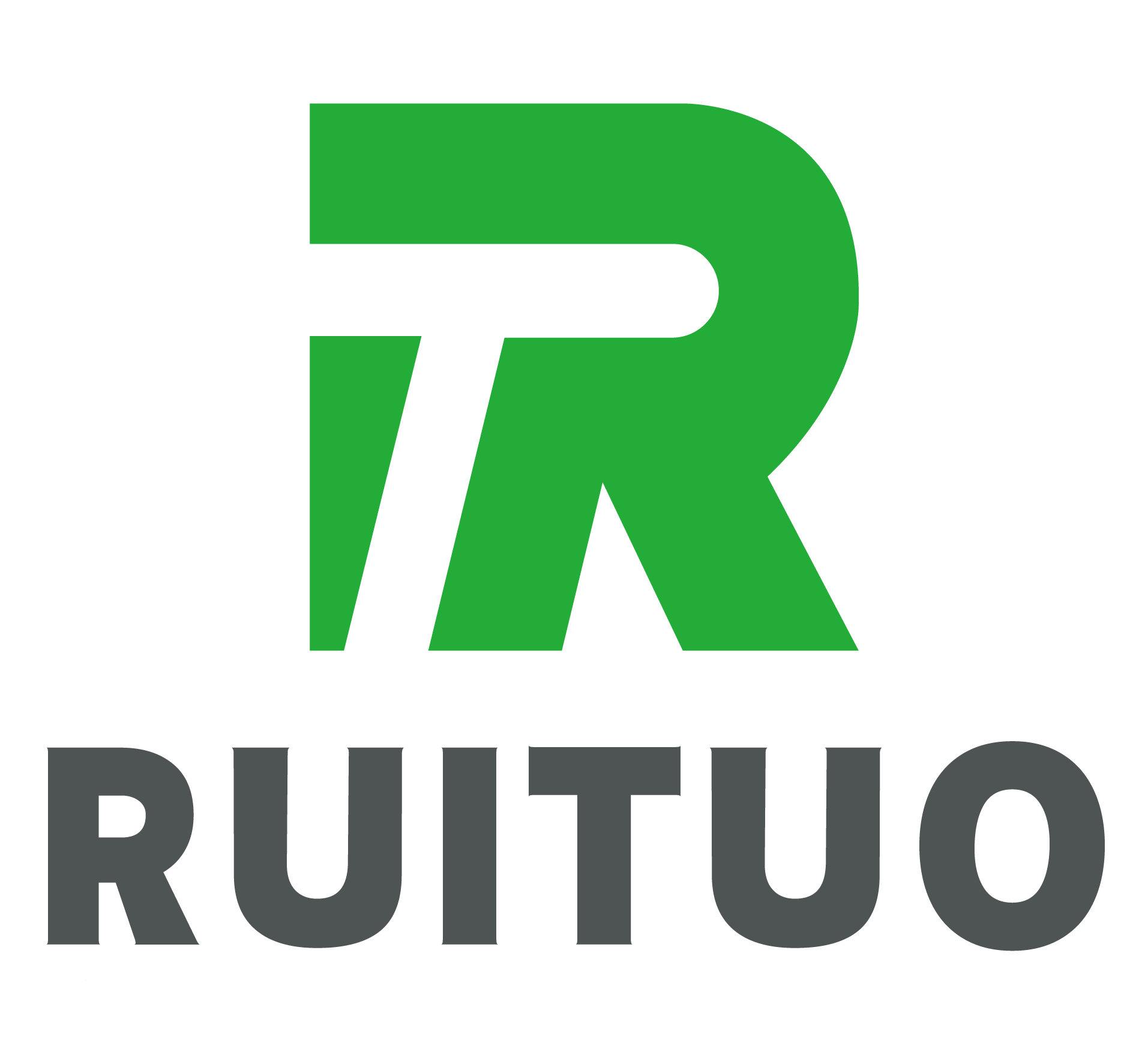Introduction
In today’s global meat industry, equipment compliance is not just a legal requirement—it’s a foundation of food safety, export eligibility, and brand reputation. Whether operating a small local abattoir or a large integrated processing plant, understanding the international hygiene and safety standards that govern meat-processing equipment is critical.
Nowadays, many Chinese businesses are gradually emerging in the field of new equipment. Many Chinese products have gained recognition, ranging from small data cables to various heavy industrial equipment, and have reached world-class standards. If you are interested in starting your own business, please contact us!
This article provides a concise overview of key global standards—ISO, European Union (EU), and United States Department of Agriculture (USDA)—and explains what they mean for businesses investing in slaughterhouse equipment.
1. ISO Standards: The Global Foundation
The International Organization for Standardization (ISO) sets the framework for consistent, high-quality, and safe industrial practices. For slaughterhouse equipment, the most relevant standards include:
- ISO 22000 – Specifies requirements for food safety management systems, ensuring that all stages of meat processing are free from contamination risks.
- ISO 14159 – Provides hygiene requirements for the design of machinery in contact with food products. Equipment should be easy to clean, resistant to corrosion, and constructed from non-toxic materials.
- ISO 9001 – Focuses on overall quality management, emphasizing traceability, continuous improvement, and customer satisfaction.
From a buyer’s perspective:
When evaluating slaughterhouse machinery, look for manufacturers who can demonstrate ISO-certified production systems. It signals that the supplier’s design, materials, and manufacturing processes meet internationally recognized safety and reliability criteria.
2. EU Regulations: Hygiene, Safety, and Animal Welfare
The European Union maintains some of the world’s strictest hygiene regulations under the EU Food Hygiene Package and related directives. Key rules that impact slaughterhouse equipment include:
- Regulation (EC) No 852/2004 – Lays down general hygiene requirements for food business operators, including equipment maintenance and cleaning.
- Regulation (EC) No 853/2004 – Details specific hygiene rules for food of animal origin, requiring equipment surfaces to be smooth, corrosion-resistant, and easy to disinfect.
- Directive 2006/42/EC (Machinery Directive) – Ensures machinery safety and includes CE-marking obligations for products sold within the EU.
- Animal Welfare Regulation (EC) No 1099/2009 – Governs stunning and slaughter processes to minimize animal suffering.
What this means for operators:
To export to or operate within the EU, slaughterhouse equipment must carry CE marking and conform to HACCP (Hazard Analysis and Critical Control Points) principles. Equipment design should facilitate proper sanitation, worker safety, and humane handling practices.
3. USDA Standards: Compliance for North American Markets
For plants serving the U.S. market, compliance with USDA Food Safety and Inspection Service (FSIS) regulations is essential. The USDA enforces strict controls over both the processing environment and the equipment used.
Key references include:
- 9 CFR Part 416 – Sanitation: Requires that equipment be constructed and maintained to prevent contamination.
- 9 CFR Part 417 – HACCP Systems: Mandates that each facility identify and control critical food safety points.
- NSF/ANSI Standards: Often applied to verify hygienic design, surface finishes, and material safety.
Practical takeaway:
USDA-compliant equipment must be easily cleanable, made of food-grade stainless steel, and designed to prevent residue accumulation. Regular inspection and documentation are part of the compliance process.
4. Why Compliance Matters for Buyers
Investing in equipment that meets ISO, EU, or USDA standards provides more than regulatory peace of mind. It ensures:
- Global export eligibility — Certified equipment helps plants meet the import requirements of multiple markets.
- Reduced contamination risk — Hygienic design lowers the chances of bacterial growth and foodborne illness.
- Worker safety and efficiency — Properly certified equipment reduces downtime and accidents.
- Long-term cost efficiency — Although compliant machinery may cost more initially, it reduces maintenance and legal risks over time.
5. Final Thoughts
In an increasingly regulated global meat industry, compliance equals competitiveness. Whether you’re upgrading an existing line or building a new facility, understanding ISO, EU, and USDA requirements allows you to make informed, sustainable, and future-proof equipment choices.
Selecting equipment designed to meet these standards helps ensure not only food safety but also consumer trust and long-term operational success.
